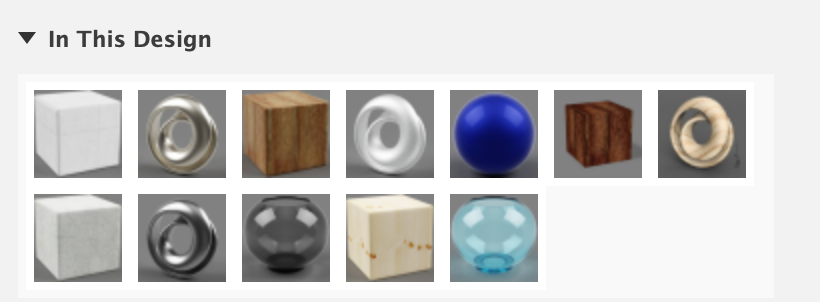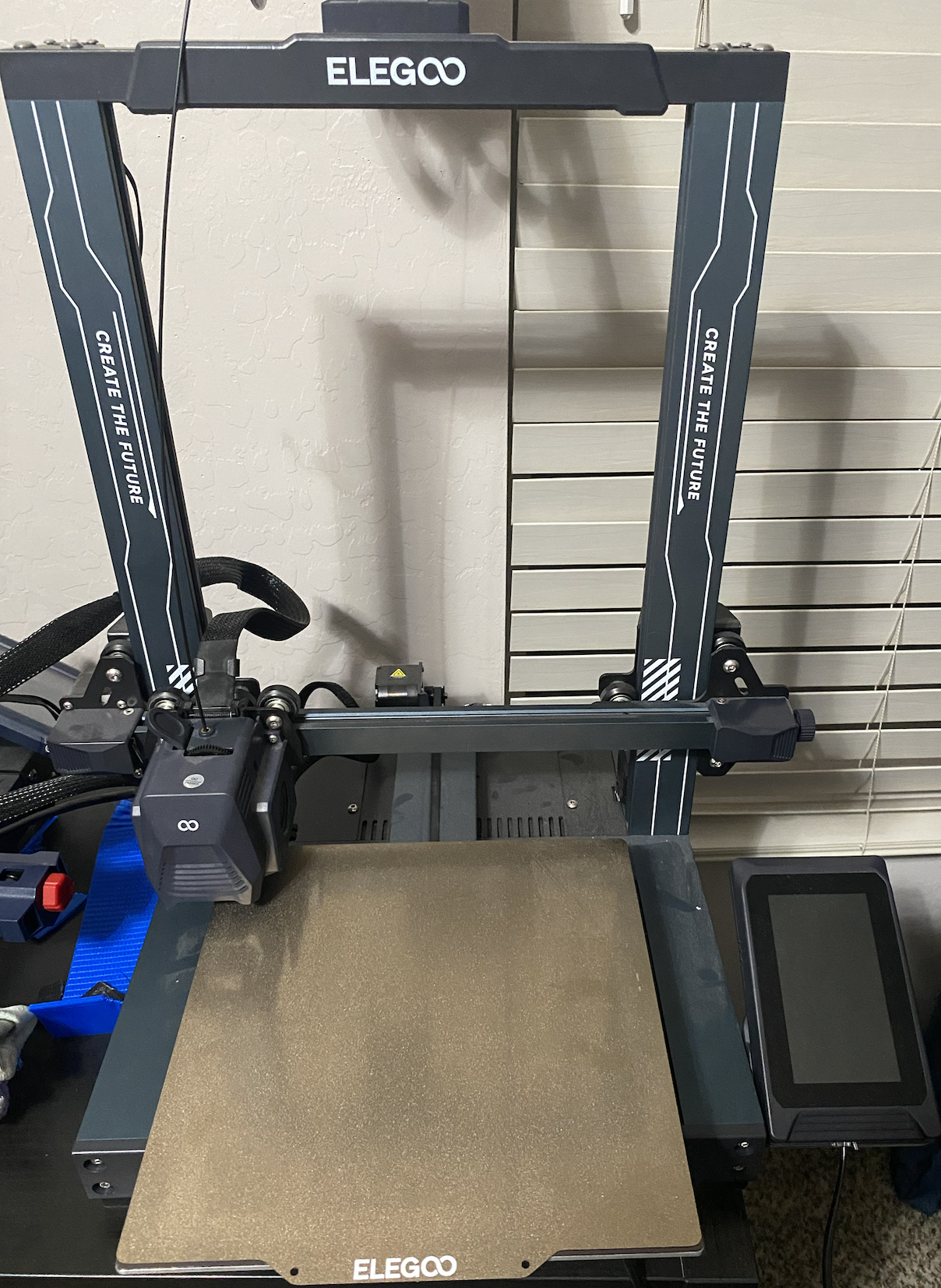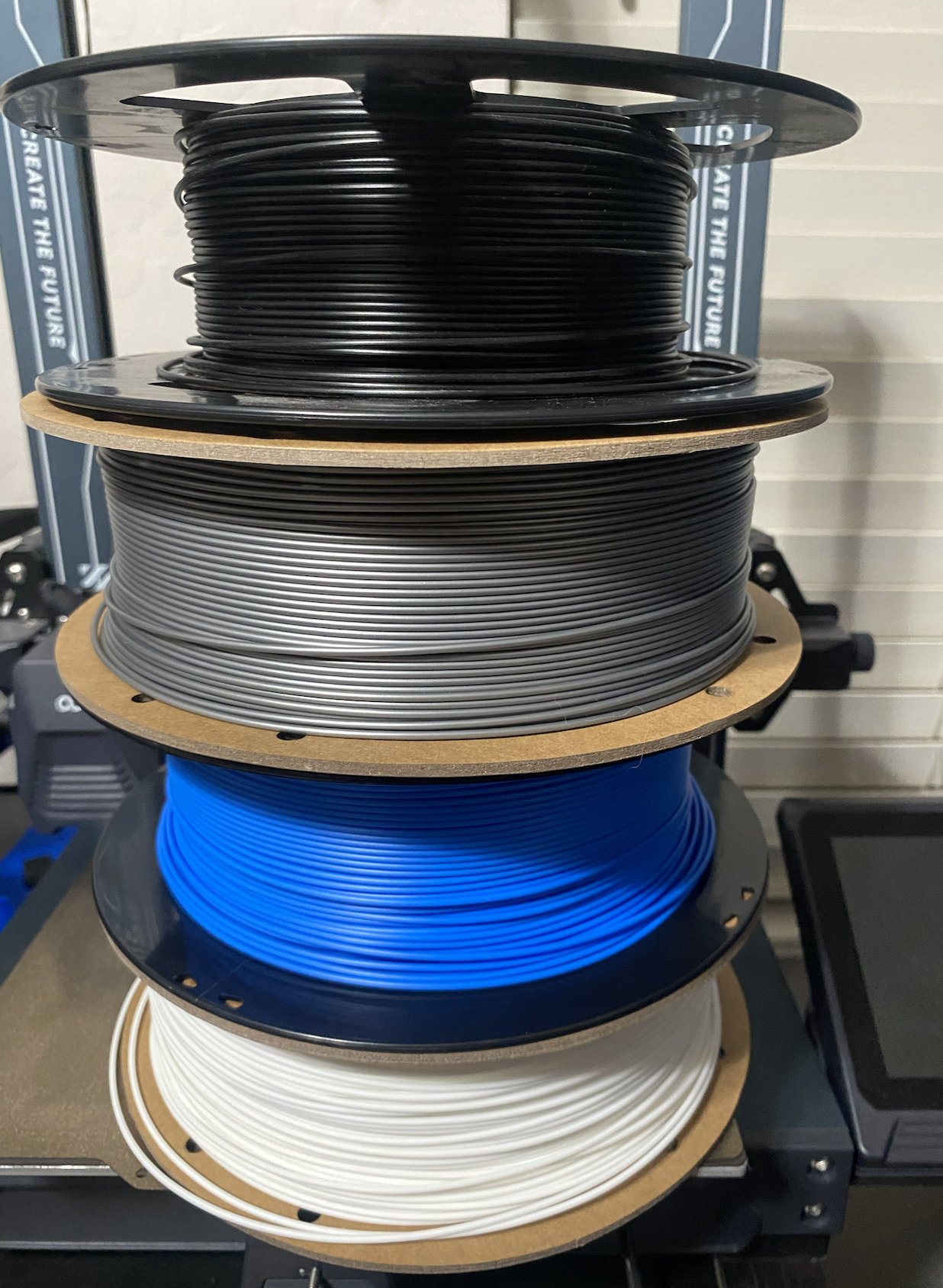Resilience Demonstrated in Self Sustaining Homes for the Pamir Mountains
by jacobzifcak in Living > Homesteading
126 Views, 2 Favorites, 0 Comments
Resilience Demonstrated in Self Sustaining Homes for the Pamir Mountains


Living in the Pamir Mountains of Central Asia is a daily struggle for its inhabitants. This house is designed to be both functional and sustainable within the harsh cold and arid environment in this desolate mountain range known as the "Roof of the World". A number of diverse perspectives were taken into account when planning and designing this home from a multitude of unique and credible sources. This home uniquely encapsulates the essence and resilience of the people in this region and improves and modernizes life so this relatively unknown community can flourish in the modern day.
Supplies



Most of the Pamir Mountain Range is in the country of Tajikistan which has available resources locally such as imported scrap metal and rather large cement and aluminum production plants making all of the materials used for the house sustainable and local.
For the Physical Building
- Nickel - The main structure of the house is made from parts of and whole used shipping containers with a layer of nickel over it sourced domestically as CMM, a premier wholesaler in shipping containers is based in Tajikistan and Nickel is already imported
- Concrete - The roof and underground foundation is made of domestically produced concrete from one of the 19 local cement plants
- Cast Aluminum - The rainwater collection system, frame of the greenhouse, furnace and air conditioning are all produced at Tajik Aluminum Company's large plant
- Steel - The doorknobs and satellite dish are made from local steel from domestic steel plants
- Walnut Wood - This native wood is used in the floor and walls of the house to insulate
- Pine Wood - This native wood is used in the floor and walls of the greenhouse to capture heat and in the door of the house
- Glass (tinted and non-tinted) - This glass is used in the solar panels and windows of both the house and greenhouse
For the Physical Prototype
- 3D Printer - I used an Elegoo Neptune 3 Pro
- Filament - Generic PLA Filament
- Paper - From my document printer
- Superglue - Gorilla Glue Superglue
- Clippers - Clippers designed for cutting thin plastic
Research and Find Inspiration


I first started off by asking an AI chatbot about some specific regions in the world of where the inhabitants are living in harsh conditions. I asked for lots of examples and chose the Pamir Mountains because I wanted to learn about an unknown culture to me and to try and find a way to better live in mountainous areas because I live near the Superstition and McDowell Mountains of Central Arizona. I then looked up what houses in the Pamir Mountains looked like. As soon as I saw them, I knew I could improve them for the wellbeing of the inhabitants. My design takes cues from these houses while adding a touch of modern innovations. Next, I researched the culture, terrain and environment of the area to further acclimate myself with the needs of this region. I then consulted AI, Google and Tajik websites about the availability of certain materials in Tajikistan. The reason for this is because if this gets implemented in real life, I want to make it as cheap and easy as possible for manufacturing, transport and setup so lots of these can be built. I then consulted these same sources about utilities available and found the the ones used in my design are the best for the region. Lastly, I fired up Fusion 360 and got to work.
3D Modelling of the House










Structure- I decided to go with a two story home to blend in to other homes in this region but also this choice was made to implement a built in car/vehicle port which can double as an outdoor storage area to partially protect vehicles and tools from frequent storms in some areas in the region. Another reason was to allow for the implementation of south facing windows above the solar panels.
Why South Facing - I implemented the windows and solar panels south facing to take advantage of the highest abundance of sunlight being shined south facing. This is also why the lower level of the house with solar panels are slanted. It just captures the most sunlight throughout the day and allows for maximum energy to be produced to sustain the home. The direction of the windows coupled with the heat absorption properties of the darker wood allows heat to be captured in the home and stay there. This is crucial due to the frigidness of the winters and mildness of summers in these mountains. Any small bit of heat helps.
Heating and Airflow - A hybrid of wood and electric powered furnace and air conditioner was implemented to help the house stay warm and the air to flow through it. The furnace and the heat absorption of the windows helps to keep the house warm throughout the harsh cold season. A chimney is implemented on the roof to release the results of the wood burning furnace while still allowing hot air to be in the home. The ventilation of the AC and the ability to open the windows help to bring fresh air into the house which helps to regulate temperatures and keep the air in the house not stuffy and stagnant which is a result of general aridness of the region.
Internet - Internet is a very valuable commodity in this day and age. A satellite receiver dish combined with the use of available satellites for the region is necessary to provide internet which will in turn open up this community to a faster and more reliable way to access all of the world's information on the internet. This can also importantly aid in the event of emergencies. The reliable connection to satellites will allow emergency calls to be dispatched with ease and convenience, hopefully saving countless lives.
Water - A smart rainfall collection system will help with the collection and storage of water for both potable and non-potable uses. The rainfall from storms in the area will glide down the sloped roof and fall into the gutters mounted on all sides of the house which will in turn fall down a central drainage pipe and start going to the storage tank. Before it reaches the tank, it passes through a filter to filter out possible contaminants in the water which could clog up the system. After that, it reaches the holding tank which will then store and distribute water all around the property as needed. If additional water supply is needed, a well can be dug.
Food Production - A greenhouse is used to grow food. This greenhouse also faces south to capture maximum sunlight and the wood wall and base help to insulate and heat the greenhouse efficiently and reliably. Water to grow the plants can be supplied from the rainwater collection tank. On top of this, a common occupation in the Pamir Mountains is a rancher of Yaks and Goats and many families use the resources these animals contain to sustain food and other needs.
Making the Physical Prototype














This is 1:17 Scale Model of My Design
Production - I uploaded the files from my Fusion 360 Model onto a USB with a micro SD card to print on my Elegoo Neptune 3 Pro 3D Printer. This process took multiple days to print, trim and glue the pieces. I printed the house and everything attached to the house. I really wanted to showcase the style and functionality of the house through a scale model. I paid a great amount of attention to detail and made sure the prints were up to my desired quality. One way I assured the best quality was letting my printer run at 75% speed for most of the print to assure quality standards were met.
Assembly - I assembled this scale model with superglue and my hands. I paid attention to how I glued each piece to make sure it was secured properly. i took my time and put a meticulous amount of care into every step of this assembly. At one time, the main water spout to the tank from the roof mounted collector was not good quality so I replaced it with a rolled up piece of paper the same size as the replaced part.
Struggles and Overcoming Them - I faced the most amount of struggles in this step such as how detail oriented I had to be with cutting the pieces and assembling them. I overcame this by developing processes I would complete each step to make this model virtually flawless. Another major struggle I had was on the blue building. My printer was being difficult and would randomly stop during the print resulting in me running out of blue filament. This was very frustrating but I overcame it by buying more filament, making sure my power connection to the printer was secure and slowing down the print to 75% speed.
Conclusion
In conclusion, this was a very rewarding project because it taught me new skills and and helped me learn about a new culture in an interactive, hands on way. I also can implement some strategies I learned in this project, notably the south facing windows and solar panels, in my own life to help capture heat in of the desert I live in and produce electricity that way greener and passively. This can help mine and my family's lives tremendously by reducing electricity cost for heating in the winter and power production cost year round. I would definitely do another project like this in the future due to how fun and rewarding this experience has been overall.
Sources (It would not let me imbed the links to each section)
https://www.alcircle.com/news/china-set-to-assist-tajikistan-in-modernising-tajik-aluminum-company-110940#:~:text=The%20Tajik%20Aluminum%20Company%20(TALCO)%20is%20one%20of%20the%20ten,raw%20material%20through%20tolling%20arrangements.
https://www.globalcement.com/news/itemlist/tag/Tajikistan#:~:text=Tajikistan%3A%20Data%20from%20the%20Agency,%2C%20according%20to%20Asia%2DPlus.
https://www.intercontinentaltraders.net/tajikistan/used-containers.htm
https://tradingeconomics.com/tajikistan/exports/afghanistan/iron-steel
https://oec.world/en/profile/bilateral-product/other-nickel-products/reporter/tjk
https://www.cbd.int/doc/world/tj/tj-nr-01-p02-en.pdf
https://climateknowledgeportal.worldbank.org/country/tajikistan/climate-data-historical
https://en.wikipedia.org/wiki/Geography_of_Tajikistan#Climate
https://www.britannica.com/place/Tajikistan
https://en.wikipedia.org/wiki/Pamir_Mountains
https://chatgpt.com/